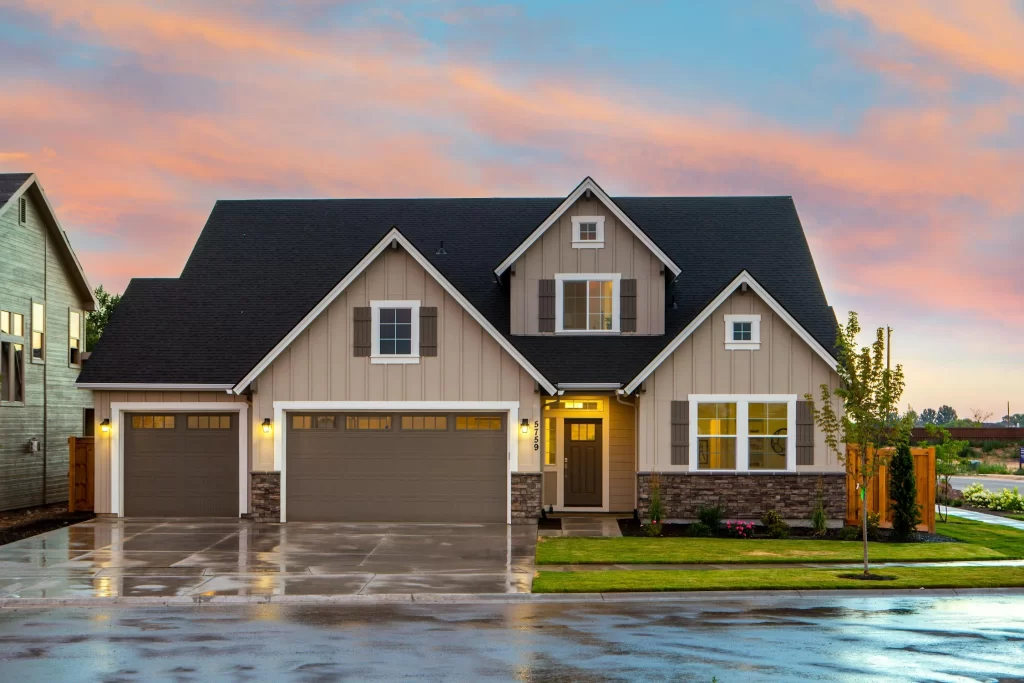
Have you ever wondered if your home is truly built to handle life’s challenges? From harsh weather to everyday wear and tear, a strong and safe home is essential for peace of mind. Renovations aren’t just about improving how a house looks—they’re also about making it more secure and durable for the future.
Whether you’re considering small upgrades or major changes, investing in your home’s strength and safety is always worth it. With the right renovations, you can create a space that protects your family and stands the test of time.
In this blog, we will share renovation ideas that enhance your home’s safety and durability while boosting its value.
Strengthening Your Roof
The roof is one of the most important parts of any home. A strong roof protects against rain, wind, and snow while keeping the interior comfortable. If your roof is old or showing signs of damage, it’s time to consider an upgrade.
Working with a trusted roof replacement company can help you address issues like leaks, missing shingles, or structural problems. Professional roofers can recommend materials that are durable and suited to your local climate. A roof replacement not only strengthens your home but also adds to its overall value and appearance.
Upgrading Windows and Doors
Windows and doors play a big role in your home’s safety and energy efficiency. Old, drafty windows and weak doors can let in the elements and even compromise security. Upgrading to modern, energy-efficient models helps keep your home secure and reduces heating and cooling costs.
Consider windows with impact-resistant glass if you live in an area prone to storms. For doors, choose sturdy materials like steel or fiberglass with secure locks. These upgrades create a safer environment and make your home more comfortable year-round.
Improving Foundation Stability
A strong foundation is critical for the safety and longevity of your home. Cracks in the foundation can lead to serious structural issues over time. If you notice cracks, uneven floors, or doors that don’t close properly, it’s worth consulting a professional to assess the problem.
Foundation repairs might involve sealing cracks, reinforcing walls, or installing drainage systems to prevent water damage. Strengthening your home’s foundation protects against future problems and adds long-term value.
Installing Modern HVAC Systems
An efficient HVAC system keeps your home comfortable while improving air quality. Outdated systems can struggle to maintain the right temperature and may use more energy than necessary. Upgrading to a modern system ensures better performance and can lower utility bills.
Consider adding air purifiers or humidity controls to improve indoor air quality further. A well-functioning HVAC system not only makes your home more comfortable but also contributes to a healthier living environment.
Adding Home Security Features
Home security is a key part of creating a safe living space. Modern security systems include features like smart locks, cameras, and motion sensors that you can control from your smartphone. These tools provide real-time updates and peace of mind.
If you prefer simpler options, installing outdoor lighting, deadbolts, or window bars can also enhance your home’s security. Combining these features makes it easier to protect your family and belongings.
Reinforcing Walls and Ceilings
Walls and ceilings can weaken over time due to water damage, pests, or aging materials. Reinforcing them with modern building materials makes your home more durable. This may include adding drywall, insulation, or waterproofing treatments.
For areas prone to earthquakes or extreme weather, retrofitting walls with braces or anchors can provide extra protection. These upgrades keep your home safe while improving its energy efficiency and comfort.
Installing Storm-Resistant Features
For homeowners in areas prone to hurricanes or tornadoes, storm-resistant upgrades are essential. Reinforced doors, storm shutters, and impact-resistant windows can help protect your home from high winds and flying debris.
You might also consider adding a storm shelter or safe room for added safety. These features provide peace of mind during severe weather and can be a valuable selling point if you decide to move.
Modernizing Plumbing and Electrical Systems
Outdated plumbing and electrical systems can pose safety risks and reduce your home’s efficiency. Old pipes may leak or burst, while outdated wiring can lead to electrical fires.
Updating these systems ensures that your home meets modern safety standards. Replace old pipes with durable materials like copper or PEX, and upgrade your electrical panel to handle today’s energy demands. These changes improve your home’s safety and functionality.
Including Fire Safety Features
Fire safety is an essential aspect of a stronger, safer home. Many homes lack modern fire prevention systems, which can increase risks in case of emergencies. Installing hardwired smoke detectors with battery backups is a critical upgrade that adds an extra layer of safety. These detectors are more reliable than battery-only models and can alert you to danger faster.
Adding fire extinguishers in key areas like the kitchen, garage, and hallways is another simple yet effective measure. For added protection, consider installing a fire sprinkler system, especially in older homes where risks may be higher due to outdated wiring or materials.
Updating Exterior Landscaping
Landscaping isn’t just about aesthetics—it can also enhance your home’s safety. Overgrown trees and shrubs can damage your home during storms or provide cover for potential intruders. Trimming branches, removing dead trees, and maintaining a clear yard improve safety and curb appeal.
You might also consider adding drainage systems or grading the land around your home to prevent water from pooling near the foundation. These updates protect your property from water damage while keeping it visually appealing.
Boosting Energy Efficiency
Energy-efficient upgrades make your home more sustainable while saving money on utilities. Options like solar panels, energy-efficient appliances, and smart thermostats reduce energy usage and enhance your home’s value.
Adding insulation to walls, attics, and floors is another effective way to boost efficiency. These upgrades make your home more comfortable and environmentally friendly.
All in all, strengthening and securing your home through thoughtful renovations is one of the best investments you can make. Each upgrade adds value, protects your property, and creates a safer space for your family.
Take the time to evaluate your home’s current condition and prioritize changes that will have the biggest impact. Whether it’s a new roof, updated windows, or modern security features, every step brings you closer to a stronger, safer home. How will you make your house a better place to live?
Collaborative post with our brand partner.





